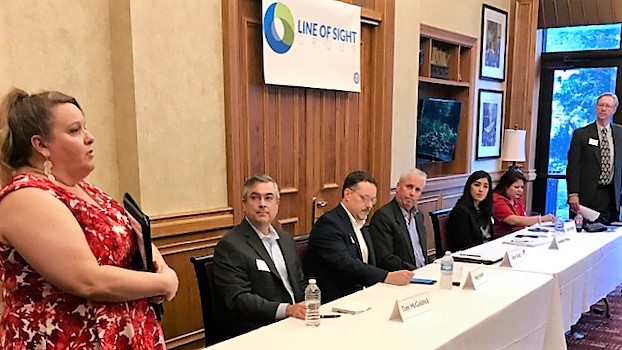Competing on Customer Experience in Retail
Customer Experience is the area many retailers have chosen to compete on over the past few years. When it comes to shopping, it is breaking increasingly into “chore” vs. “cherish” activities. On the “chore” side, firms like Amazon offer commodity pricing, streamlined delivery, and voice recognition to make online ordering an easy experience for obtaining essentials. That leaves “cherish,” the type of shopping based on the discovery of interesting products and socializing them with others. This type of shopping is characterized by a great physical presence, unique items, and creating meaningful experiences. You’ll find artisan crafted products, hand-picked selections, custom built offers, or even built-by-the customer creations. How might a retailer best compete in the Customer Experience realm?
One of the first areas to consider is to understand the external environment. What are the trends and who are the competitors? Are there competitors offering something similar? How are they unique? What kinds of experiences do they offer? Are they competing on digital or physical experience or both or is it something else?
Next, savvy retailers track and map internal environment elements like customer journeys and voice of the customer as well as metrics like Net Promoter Score and Customer Satisfaction. Asking for feedback after every interaction or transaction is wearing customers down so building insight via analytics into the flow (that is not invasive) will be a key.
With external and internal environment insight in hand, retailers have a number of levers available to pull. Retailers can swiftly test and prototype various experience design elements using service blueprinting, bio-mimicry and design thinking. Some are using Virtual Reality to conduct their prototyping digitally as a first step. Capturing insight via primary and secondary research about the external and internal environment goes a long way towards creating a strategy to compete on customer experience as a differentiator in retail. Knowing the type of shopping that your current and future customers engage in can align your strategy and go-to-market initiatives on a path toward delivering meaningful and differentiated customer experiences in the digital and physical worlds.










